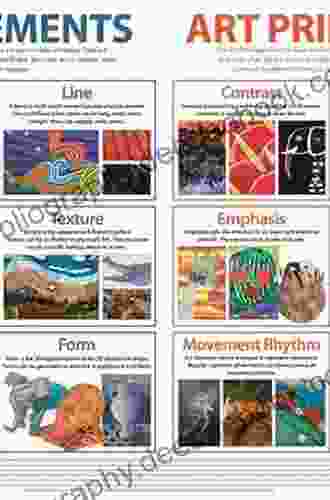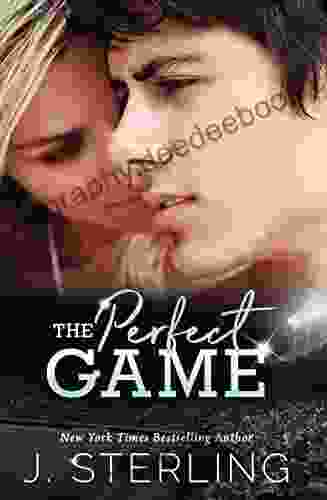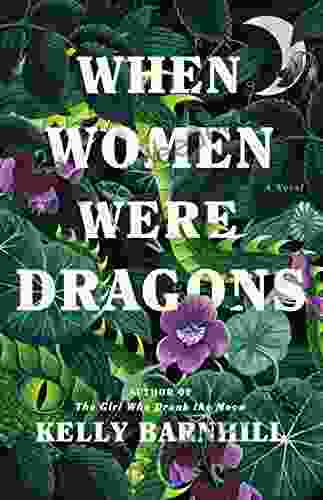Teaching the Elements and Principles of Art in Elementary School: A Comprehensive Guide for Educators

Art education plays a vital role in the development of young learners, fostering creativity, self-expression, and critical thinking skills. Among the foundational concepts that elementary school art educators introduce to their students are the elements and principles of art.
4.5 out of 5
| Language | : | English |
| File size | : | 5025 KB |
| Text-to-Speech | : | Enabled |
| Screen Reader | : | Supported |
| Enhanced typesetting | : | Enabled |
| Word Wise | : | Enabled |
| Print length | : | 217 pages |
| Lending | : | Enabled |
| Hardcover | : | 112 pages |
| Item Weight | : | 1 pounds |
| Dimensions | : | 8.25 x 11.75 inches |
The elements of art are the basic building blocks of visual art: line, shape, form, color, texture, and space. The principles of art are the guidelines that artists use to organize and compose their artwork: balance, contrast, emphasis, movement, pattern, rhythm, and unity.
Teaching the elements and principles of art in elementary school provides students with a solid understanding of the language of art. They learn to identify and analyze these elements and principles in their own artwork, as well as in the work of others. This knowledge empowers students to create their own meaningful and expressive artwork.
The Elements of Art
Line
Line is a mark with length and direction. It can be straight, curved, thick, thin, or broken. Students can explore line by drawing, painting, or sculpting. They can also create line art by using found objects, such as sticks, leaves, or yarn.
Shape
Shape is a two-dimensional area enclosed by a line. Shapes can be geometric (e.g., circles, squares, triangles) or organic (e.g., free-form shapes found in nature). Students can explore shape by drawing, painting, or cutting and pasting paper. They can also create three-dimensional shapes by sculpting or constructing with blocks.
Form
Form is a three-dimensional shape. It has height, width, and depth. Students can explore form by sculpting, modeling, or constructing with blocks. They can also create the illusion of form by using shading or perspective in their drawings and paintings.
Color
Color is the visual perception of light. It has three main properties: hue, saturation, and value. Hue is the pure color (e.g., red, blue, green). Saturation is the intensity of the color. Value is the lightness or darkness of the color. Students can explore color by mixing paints, using colored paper, or working with natural materials.
Texture
Texture is the surface quality of an object. It can be smooth, rough, bumpy, or soft. Students can explore texture by touching different objects, rubbing crayons on paper, or creating textures with paint or clay.
Space
Space is the area around, between, and within objects. It can be positive or negative. Positive space is the area occupied by an object. Negative space is the area surrounding the object. Students can explore space by drawing and painting compositions that include both positive and negative space.
The Principles of Art
Balance
Balance is the distribution of visual weight in a work of art. It can be symmetrical, asymmetrical, or radial. Symmetrical balance is when the weight is evenly distributed on both sides of a central axis. Asymmetrical balance is when the weight is distributed unevenly on both sides of a central axis. Radial balance is when the weight is distributed evenly around a central point.
Contrast
Contrast is the difference between two or more elements in a work of art. It can be created using different colors, values, shapes, or textures. Contrast can be used to create emphasis, drama, or interest.
Emphasis
Emphasis is the visual center of interest in a work of art. It can be created using contrast, placement, or size. Emphasis can be used to draw attention to a particular element or area of a work of art.
Movement
Movement is the illusion of motion in a work of art. It can be created using lines, shapes, and colors. Movement can be used to create a sense of energy, excitement, or drama.
Pattern
Pattern is the repetition of a design element. It can be created using lines, shapes, colors, or textures. Pattern can be used to create a sense of unity and rhythm in a work of art.
Rhythm
Rhythm is the flow of visual energy in a work of art. It can be created using repetition, contrast, and movement. Rhythm can be used to create a sense of unity and harmony in a work of art.
Unity
Unity is the principle that all of the elements and principles of art work together to create a cohesive whole. Unity can be achieved through the use of repetition, contrast, and balance. Unity is essential for creating a successful work of art.
Activities for Teaching the Elements and Principles of Art
There are endless ways to teach the elements and principles of art to elementary school students. Here are a few examples:
- Line: Have students draw a variety of lines, using different tools and techniques. They can also create line art by using found objects.
- Shape: Have students identify and name different shapes. They can also create their own shapes by drawing, painting, or cutting and pasting paper.
- Form: Have students sculpt or model three-dimensional shapes. They can also create the illusion of form by using shading or perspective in their drawings and paintings.
- Color: Have students mix paints to create different colors. They can also explore color theory by creating color wheels and color schemes.
- Texture: Have students touch different objects to identify their textures. They can also create their own textures by rubbing crayons on paper or using paint or clay.
- Space: Have students draw and paint compositions that include both positive and negative space. They can also explore space by creating three-dimensional artworks.
- Balance: Have students create symmetrical, asymmetrical, and
4.5 out of 5
| Language | : | English |
| File size | : | 5025 KB |
| Text-to-Speech | : | Enabled |
| Screen Reader | : | Supported |
| Enhanced typesetting | : | Enabled |
| Word Wise | : | Enabled |
| Print length | : | 217 pages |
| Lending | : | Enabled |
| Hardcover | : | 112 pages |
| Item Weight | : | 1 pounds |
| Dimensions | : | 8.25 x 11.75 inches |
Do you want to contribute by writing guest posts on this blog?
Please contact us and send us a resume of previous articles that you have written.
 Chapter
Chapter Text
Text Genre
Genre Reader
Reader Paperback
Paperback E-book
E-book Magazine
Magazine Paragraph
Paragraph Bookmark
Bookmark Glossary
Glossary Bibliography
Bibliography Foreword
Foreword Manuscript
Manuscript Scroll
Scroll Codex
Codex Tome
Tome Classics
Classics Biography
Biography Autobiography
Autobiography Memoir
Memoir Encyclopedia
Encyclopedia Dictionary
Dictionary Narrator
Narrator Resolution
Resolution Librarian
Librarian Card Catalog
Card Catalog Archives
Archives Periodicals
Periodicals Lending
Lending Academic
Academic Journals
Journals Reading Room
Reading Room Special Collections
Special Collections Literacy
Literacy Study Group
Study Group Thesis
Thesis Awards
Awards Reading List
Reading List Theory
Theory Textbooks
Textbooks Callum Laing
Callum Laing Angela Thirkell
Angela Thirkell Jan Foster
Jan Foster Philip C Jackson
Philip C Jackson Tc Marti
Tc Marti Chris Brady
Chris Brady Charles M Grist
Charles M Grist Rick Barry
Rick Barry Marty Jacobs
Marty Jacobs Mary P Ryan
Mary P Ryan Salim Lamrani
Salim Lamrani Brian Ward
Brian Ward John Norman
John Norman Tom Sullivan
Tom Sullivan Melvin A Taylor
Melvin A Taylor Dan Manning
Dan Manning Raymond Giovanni Ramos Rosario
Raymond Giovanni Ramos Rosario Billy Graham
Billy Graham Jane Dickerson
Jane Dickerson Lisa Clarke
Lisa Clarke
Light bulbAdvertise smarter! Our strategic ad space ensures maximum exposure. Reserve your spot today!
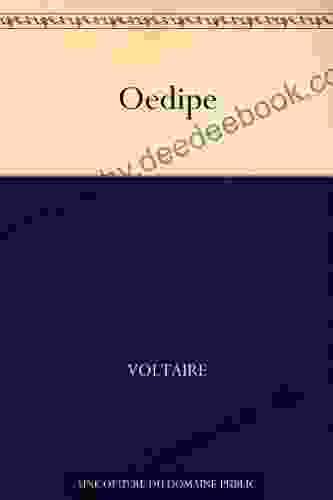
 Richard WrightIl Grande Mistero: Unveiling the Secrets and Splendors of Susan Elkin's Epic...
Richard WrightIl Grande Mistero: Unveiling the Secrets and Splendors of Susan Elkin's Epic...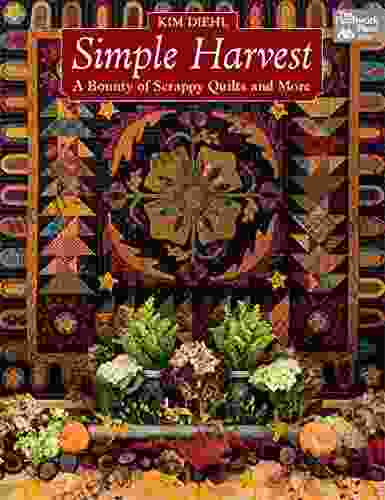
 Charles ReedA Bounty of Scrappy Quilts and More: Unlocking the Creative Possibilities of...
Charles ReedA Bounty of Scrappy Quilts and More: Unlocking the Creative Possibilities of... Ed CooperFollow ·14.8k
Ed CooperFollow ·14.8k Francis TurnerFollow ·3.2k
Francis TurnerFollow ·3.2k Octavio PazFollow ·14.3k
Octavio PazFollow ·14.3k Jason ReedFollow ·18.8k
Jason ReedFollow ·18.8k Yasunari KawabataFollow ·17.7k
Yasunari KawabataFollow ·17.7k Douglas PowellFollow ·19.3k
Douglas PowellFollow ·19.3k Johnny TurnerFollow ·18k
Johnny TurnerFollow ·18k Adrien BlairFollow ·12.8k
Adrien BlairFollow ·12.8k

 Braden Ward
Braden WardFeminism's Forgotten Fight: The Ongoing Battle for...
The feminist movement has historically...

 Julio Cortázar
Julio CortázarBlue Heaven Black Night: A Literary Journey Through Love,...
In the realm of...

 Eddie Bell
Eddie BellA Journey Through Time: Exploring the Enchanting World of...
The vibrant tapestry of New...

 Lawrence Bell
Lawrence BellValiance Dragon Soul Press Anthology: A Literary Odyssey...
Step into a realm where...

 Aron Cox
Aron CoxEmbark on a Creative Odyssey with Jean Leinhauser's "101...
Unveil a Kaleidoscope of...
4.5 out of 5
| Language | : | English |
| File size | : | 5025 KB |
| Text-to-Speech | : | Enabled |
| Screen Reader | : | Supported |
| Enhanced typesetting | : | Enabled |
| Word Wise | : | Enabled |
| Print length | : | 217 pages |
| Lending | : | Enabled |
| Hardcover | : | 112 pages |
| Item Weight | : | 1 pounds |
| Dimensions | : | 8.25 x 11.75 inches |


